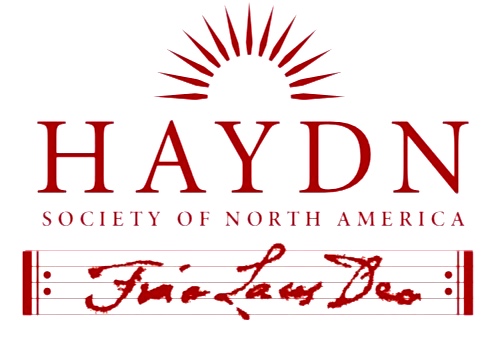
Document Type
Article
Abstract
Haydn’s so-called Sturm und Drang symphonies are renowned for exhibiting a range of disruptive features. While some commentators have attempted to link this with a personal crisis in Haydn’s life, there is no evidence to support the idea. Furthermore, it is misleading to make an association here between stormy musical writing in general and the German literary Sturm und Drang. The principal musical topos that Haydn employs is one that I have termed tempesta, and its origins lie in the storm scenes of Baroque opera. Here there was often a supernatural association involving a deity either as instigator or pacifier of the storm, and by extending the idea metaphorically, the same musical language could be used for rage or madness (such as Mozart’s arias for the Queen of the Night in The Magic Flute).
Tempesta should be regarded as the fast counterpart to ombra, the topos associated with awe and horror. They are frequently juxtaposed (as in the Supper Scene of Mozart’s Don Giovanni), and by the end of the eighteenth century, they were well established as powerful topical devices that were important weapons in a composer’s expressive armoury. Both styles involve discontinuous elements in the music that were designed to unsettle audiences, such as flat minor keys, chromaticism, angular lines, restless motion, sudden contrasts, pauses etc. If we are looking for an aesthetic context for this kind of music, then the re-emergence of Classical ideas in the eighteenth century about the sublime would be more appropriate, where emotional responses to art and nature reached an elevated state. In particular, the more violent emotions associated with being frightened led to a category called the "Sublime of Terror."
Recommended Citation
McClelland, Clive
(2025)
""Come tempesta in mar": Awe and Terror in Haydn’s Sacred Music,"
HAYDN: Online Journal of the Haydn Society of North America: Vol. 15, Article 3.
Available at:
https://remix.berklee.edu/haydn-journal/vol15/iss1/3
Included in
Music Education Commons, Musicology Commons, Music Pedagogy Commons, Music Performance Commons, Music Practice Commons, Music Theory Commons
© Haydn Society of North America ; Boston: Berklee Library, 2025. Duplication without the express permission of the author and/or the Haydn Society of North America is prohibited.


